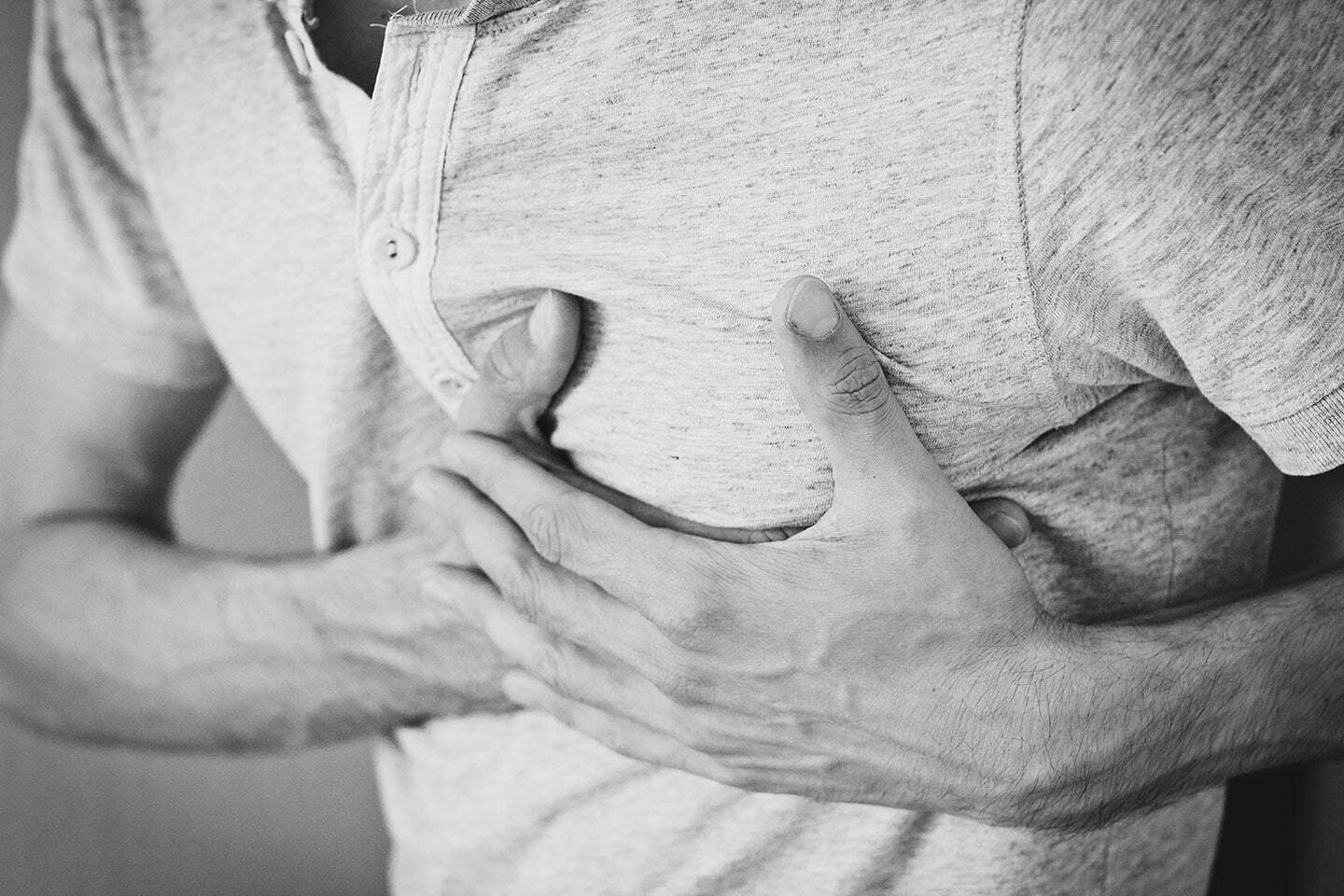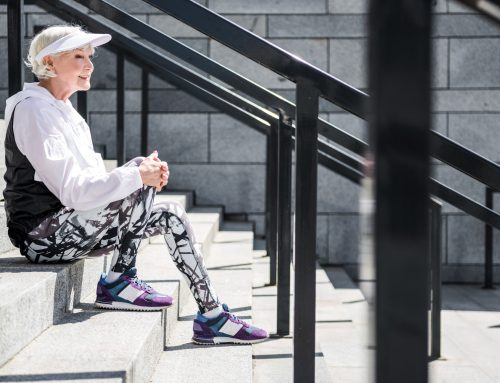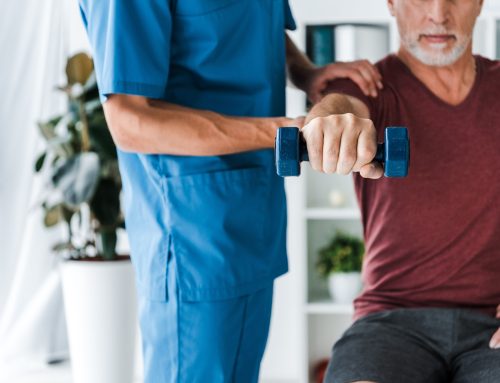
Do you find yourself complaining that you’re constantly cold? Maybe you’re battling that numbing feeling in your hands and feet. These are common symptoms of poor blood circulation; the good news is you don’t have to live this way forever. Cold feet aren’t just a symptom of nervousness but can point to several conditions that should be dealt with immediately.
Your organs depend on your circulatory system, which includes both the cardiovascular and lymphatic systems working in perfect harmony. It supplies your cells with oxygen and ensures a continuous blood flow so that your immune system works in tip-top shape, your heart stays healthy, and your brain is sharp.
When a component of the delivery system or the valves that regulate which way your blood travels go awry, problems occur. Blood can encounter detours and blockages along the way, just like a pizza delivery driver who runs into road closures and delays on their route. If your blood has difficulty flowing through your body, your cells won’t receive as much oxygen as they need. In extreme cases of blood flow loss, you may even require amputation. Read on to learn more about poor blood circulation, what can cause it, and how to effectively treat the symptom.
Symptoms of Poor Blood Circulation
As we mentioned, poor blood circulation is not a condition itself but instead can be a symptom of another condition or disease. It can be the first or one of many signs that there is an underlying issue that your doctor should address. Poor blood circulation doesn’t mean you’ll always have cold feet. There are a number of red flags that can shine a light on a possible problem. You should ask your doctor to check your circulation if:
- You experience “pins and needles” on your skin, especially in the feet and hands.
- Your muscles hurt or feel weak after minimal exercise.
- Your fingers and toes are constantly cold and/or numb.
- You’ve noticed your veins are bulging.
- You experience chest pain.
- It’s become difficult to concentrate, or you’re low energy.
- You’ve noticed thinning hair or hair loss, especially in the legs and arms.
- Your skin is paler or even has a blue hue in colour.
Don’t get cold feet, and speak to your doctor if you’re experiencing any of these symptoms.
Causes of Poor Blood Circulation
There are a number of reasons why you might have poor blood circulation, including your lifestyle habits, diet, exercise, and genes. While smoking is the number one preventable cause, here is the list of common contributors to poor blood circulation.
Smoking
You can put smoking at the top of the list for many conditions that poorly affect your health. When it comes to your heart and blood circulation, these chemicals are severely damaging. Nicotine causes your blood vessels to narrow, which limits how much blood can easily flow to your organs. If you’re a regular smoker, it’s worth quitting so your cells can receive the nutrients they need.
Blood clots
Blood clots are straightforward in the sense that they block blood flow, either partially or entirely. Blood clots can develop for a variety of reasons, all of which can be dangerous, especially if a blood clot in your leg travels to your heart or lungs. It could even lead to a stroke. If a blood clot is discovered early on, it is often possible to treat it successfully.
Raynaud’s disease
Raynaud's disease is a disorder that affects people who have chronically chilly hands and feet. Your hands' and toes' small arteries narrow due to this condition. You may start to experience signs of poor circulation because your body cannot move blood as efficiently via narrowed arteries. The signs of Raynaud's disease are more prominent when exposed to chilly weather or under exceptionally high levels of stress.
Varicose veins
Valve failure is what causes varicose veins. These gnarled, engorged veins are usually found on the back of the legs. Damaged veins can't move blood as well as normal veins, causing poor circulation. Varicose veins can also cause blood clots and are typically hereditary.
Diabetes
Diabetes isn't simply a problem for your blood sugar; it may also disrupt blood flow to several body parts. Cramping in the calves or thighs and pain in the glutes are two common symptoms of this. Cramps might be more acute while you're exercising vigorously. It's possible that people with severe diabetes may have difficulty identifying the signs of poor circulation. This is because diabetic neuropathy can impair sensation in the limbs.
Diabetes can also lead to heart and blood vessel problems. People with diabetes are more likely to develop high blood pressure and heart disease. It’s also essential to maintain a healthy weight, as obesity can disrupt blood flow, with a sedentary lifestyle leading to more circulation problems.
Treatment for Poor Blood Circulation
There’s no magic pill that will get your blood circulating, but there are lifestyle changes you can adapt and devices you can use to promote circulation and lymphatic flow. You can begin incorporating small changes, such as:
- Eating a well-balanced diet.
- Developing a regular exercise routine.
- Quitting smoking.
- Wearing compression garments.
- Decreasing stress.
What you want to focus on if you need to increase your blood flow circulation is stimulating the circulation and lymphatic flow. While introducing cardiovascular exercises like running can certainly help, it’s not easy for every patient’s body or schedule. That’s why Marodyne LiV collaborated with the National Institute of Health (NIH) and NASA’s technology to give Canadians an easy-to-use and easy-to-store device that stimulates blood circulation and lymphatic flow. However, there are even more benefits you can take advantage of, including:
- Improved bone health.
- Faster recovery after an operation or surgery.
- Relief of aches and pains.
- Improved balance, coordination, and postural control.
Do you want to give your body the best chance of recovery with better circulation? Contact us to answer your questions and find out if the Marodyne LiV device is right for you.
Have you ever suffered from low blood circulation? Was it temporary or long-term? How did you manage the symptoms? Share your story with our readers who want to know more.



